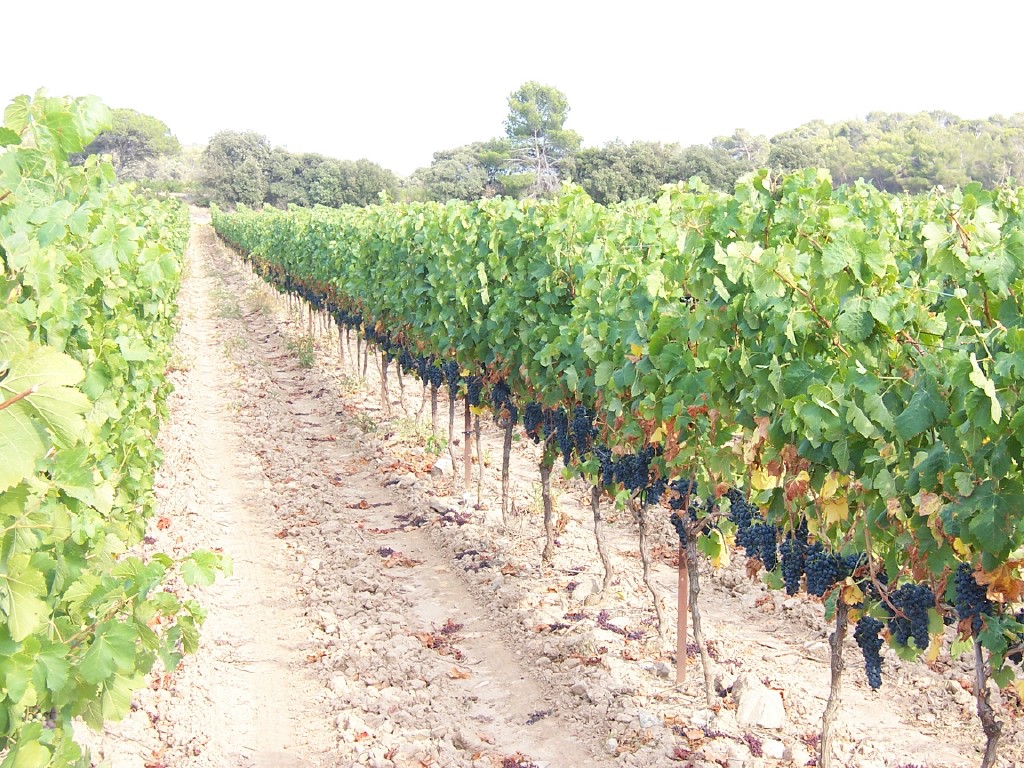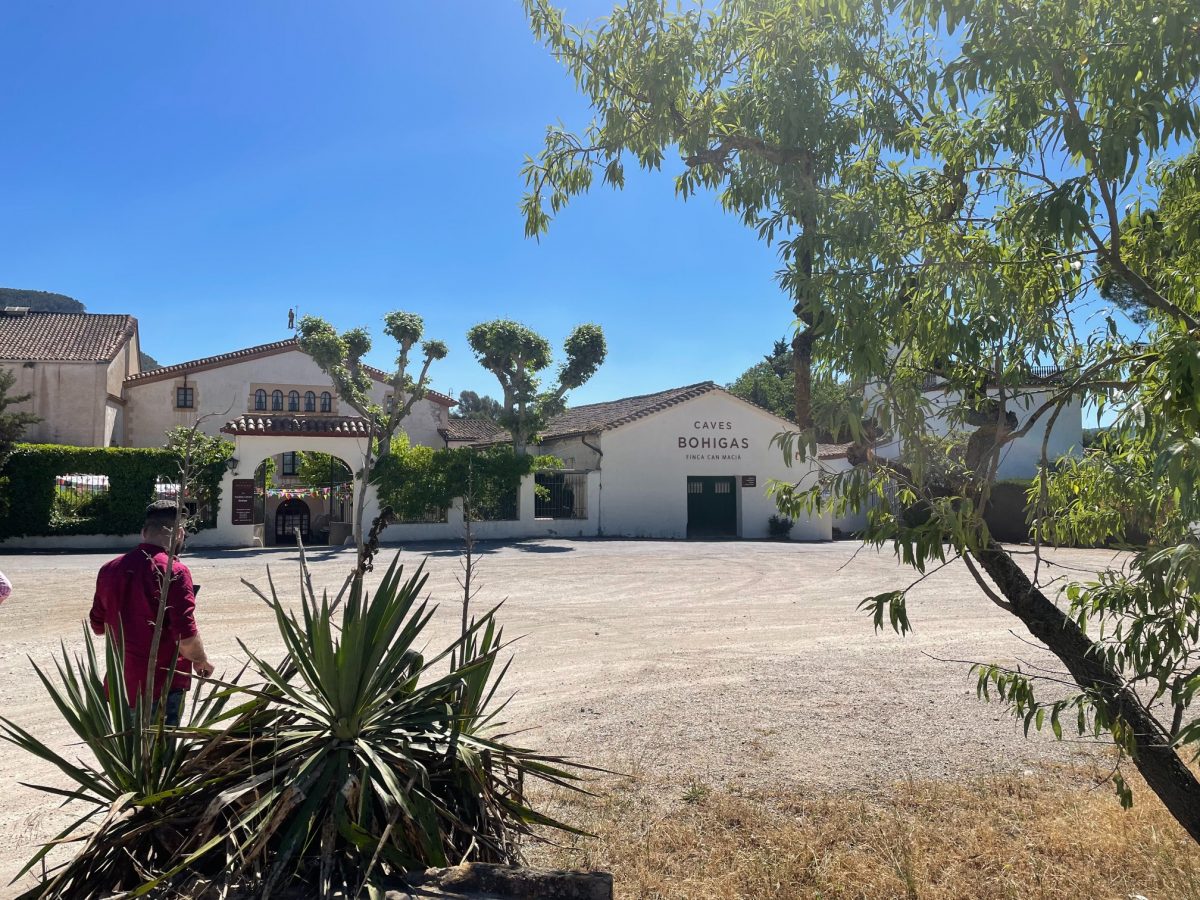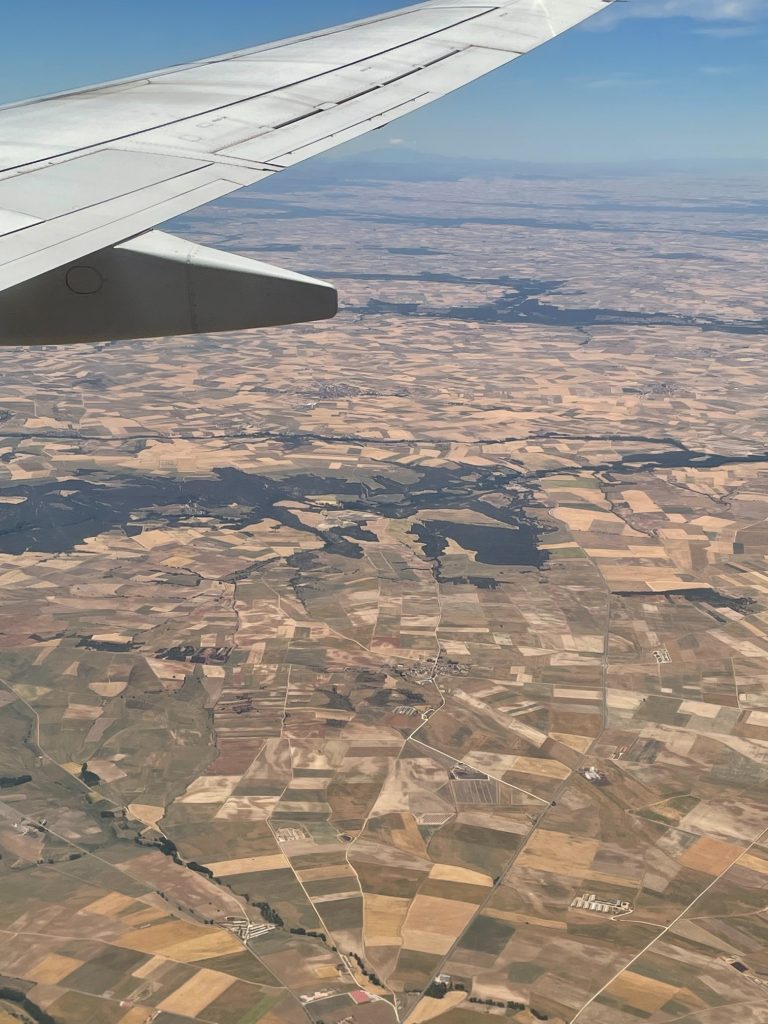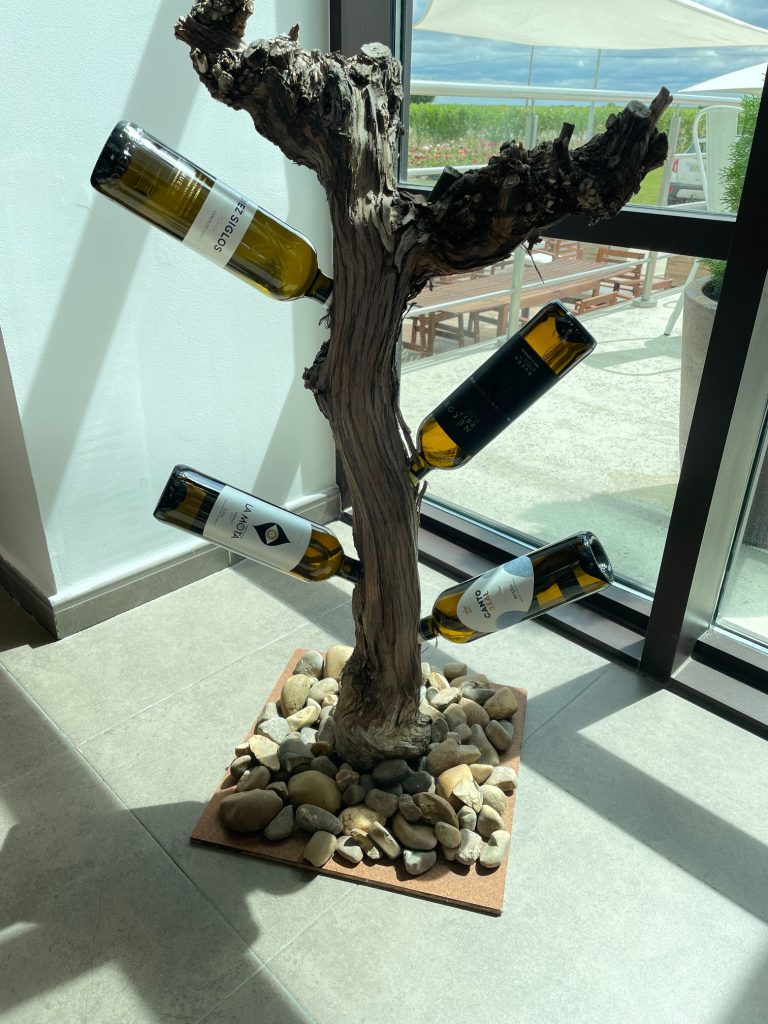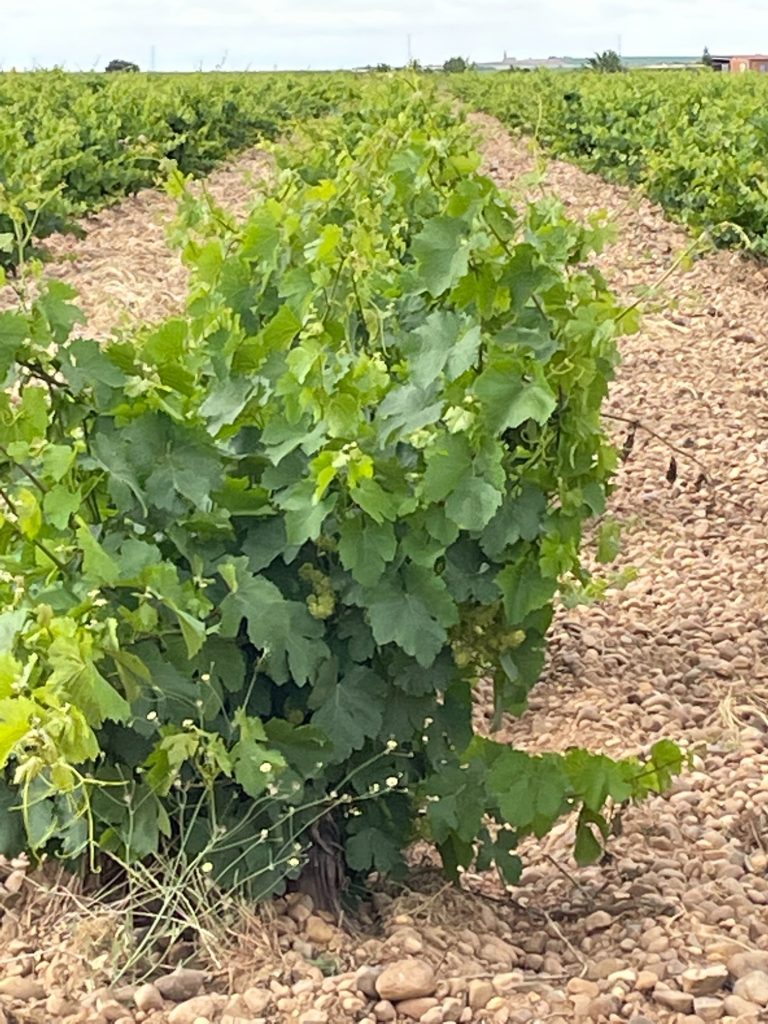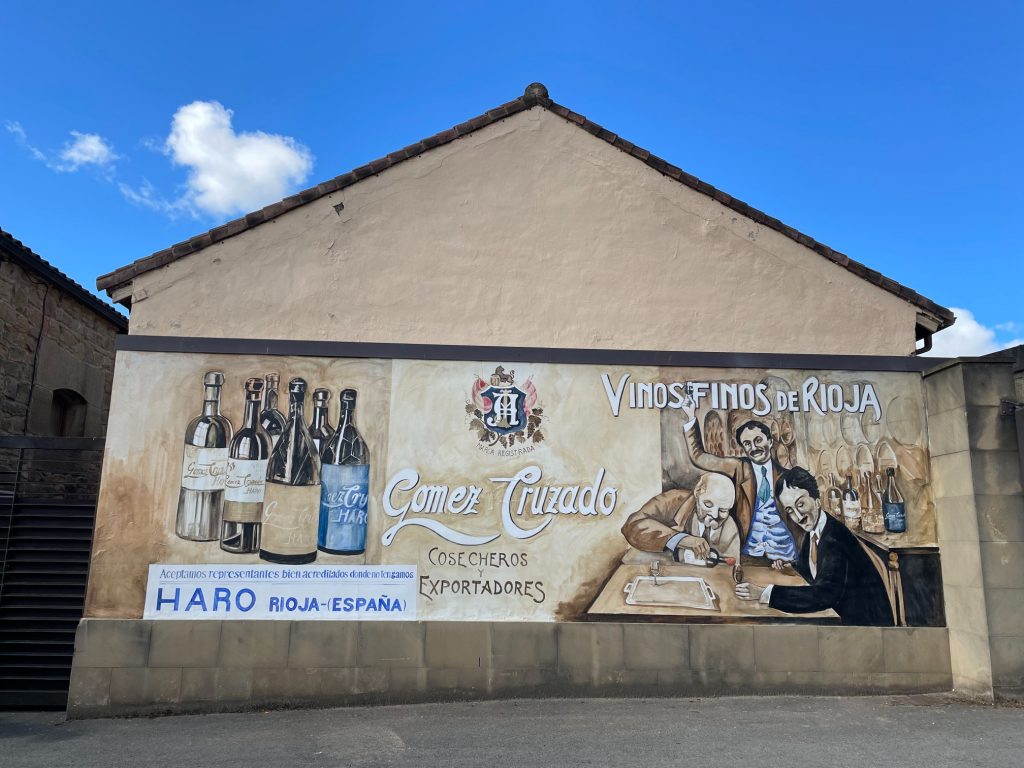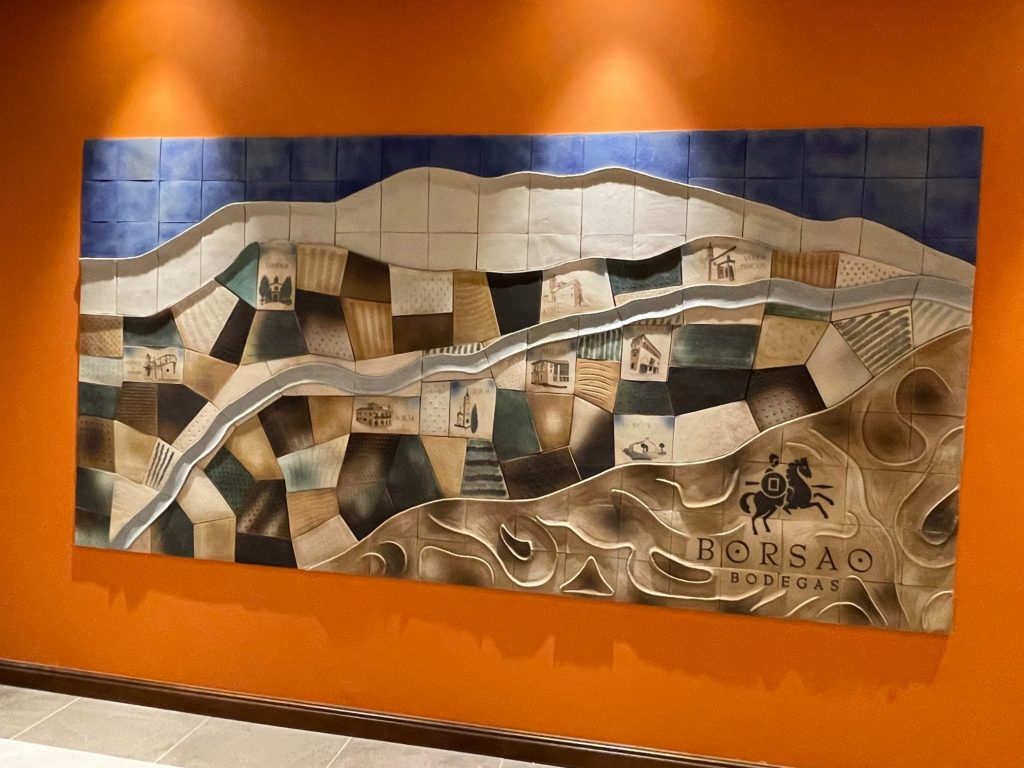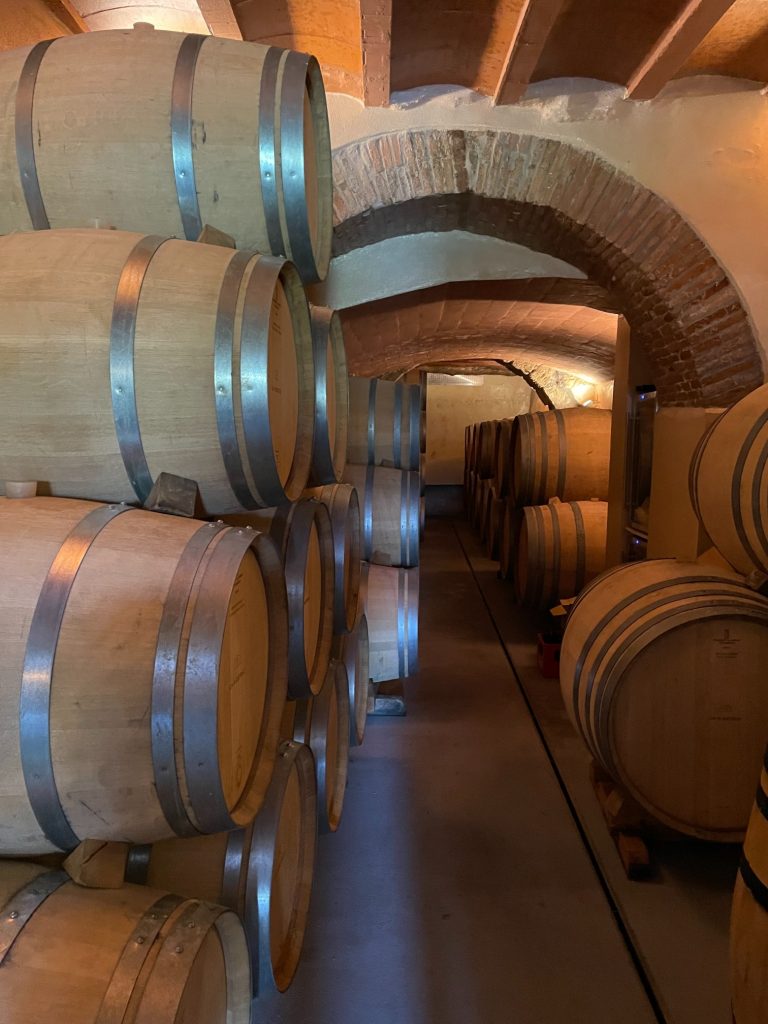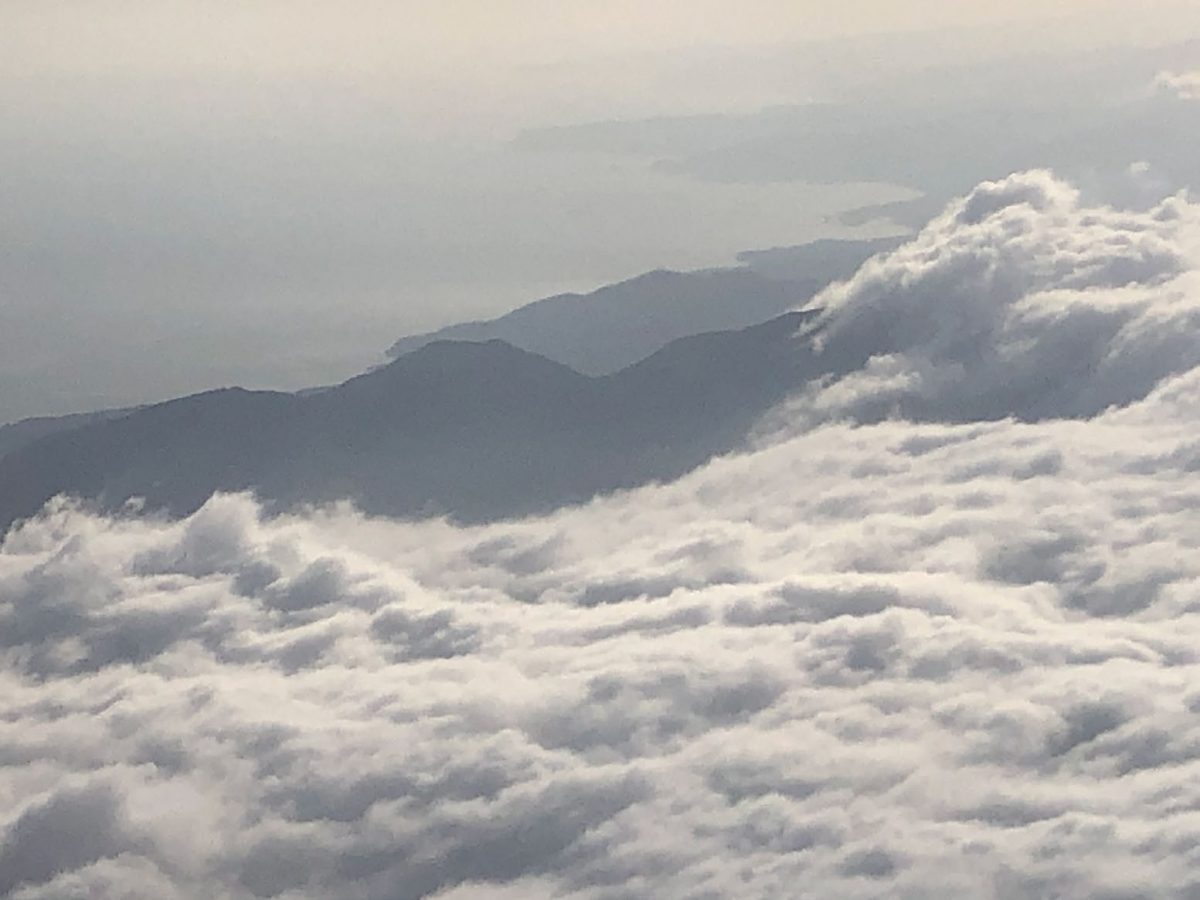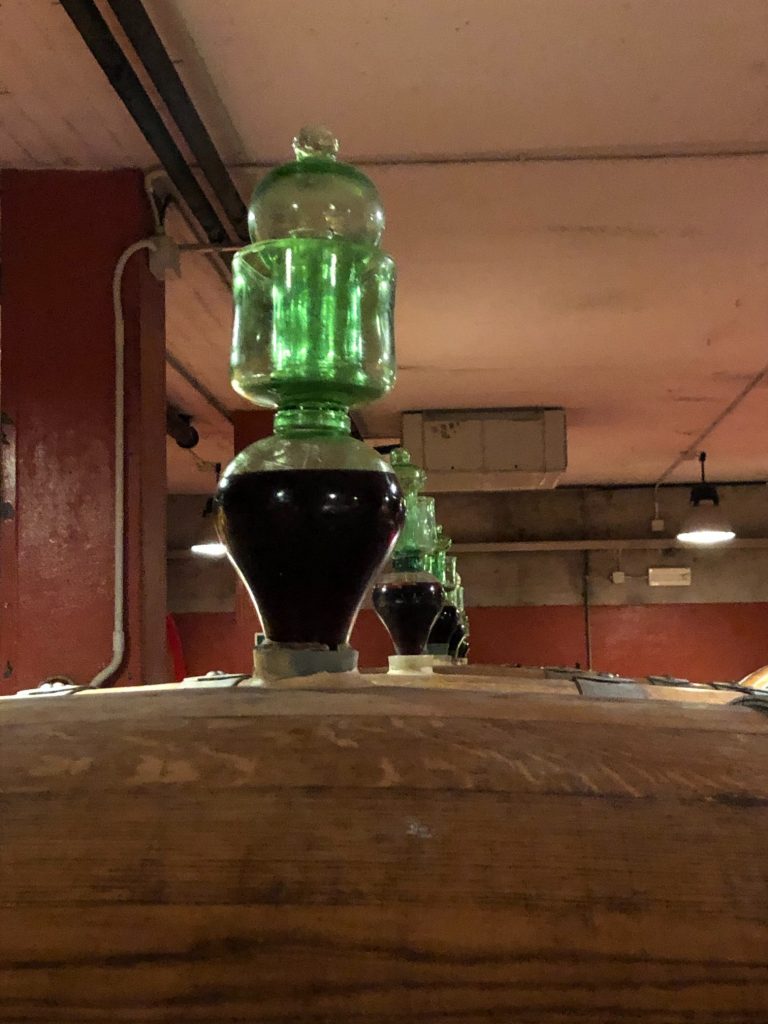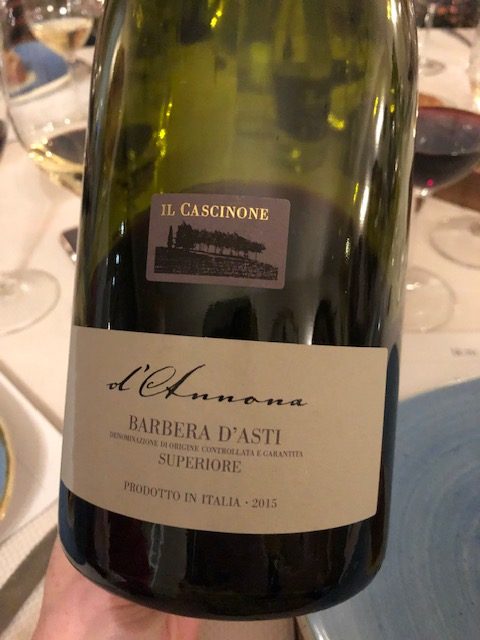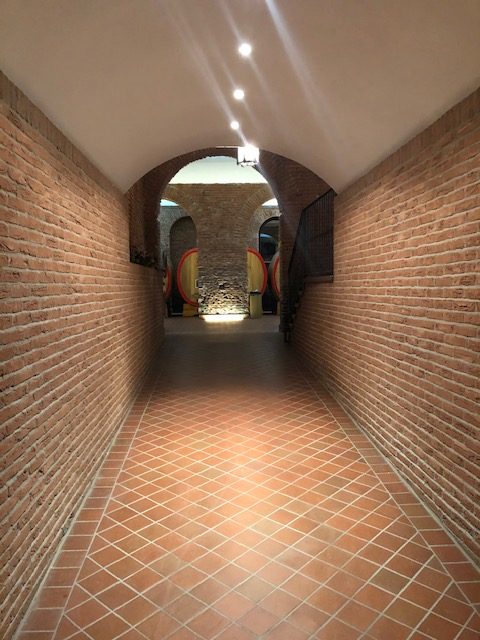A brief guide to our favourite French producer and their amazing wines
August 2023
Domaine Terres Georges is situated in the tiny town of Castelnau d’Aude which is just south of the stunning walled city of Carcassonne and is surrounded by some of the most beautiful and rugged countryside imaginable.
We first discovered the wines in 2005 and they were good then but with every passing year the wines improve as Roland’s skill as a winemaker improves. At their heart these are wines which embrace the simplicity of winemaking, they are produced using grapes from vines whose roots delve deep into the soil in search of nutrients and so it is no surprise that the wines should reflect the land. This is a tiny property producing a small amount of wine that is a perfect example of just what treasures are available in France if you look hard enough and venture off the beaten track a little bit. So read on, find out a little more, and then try the wines for yourself, you’ll be impressed.
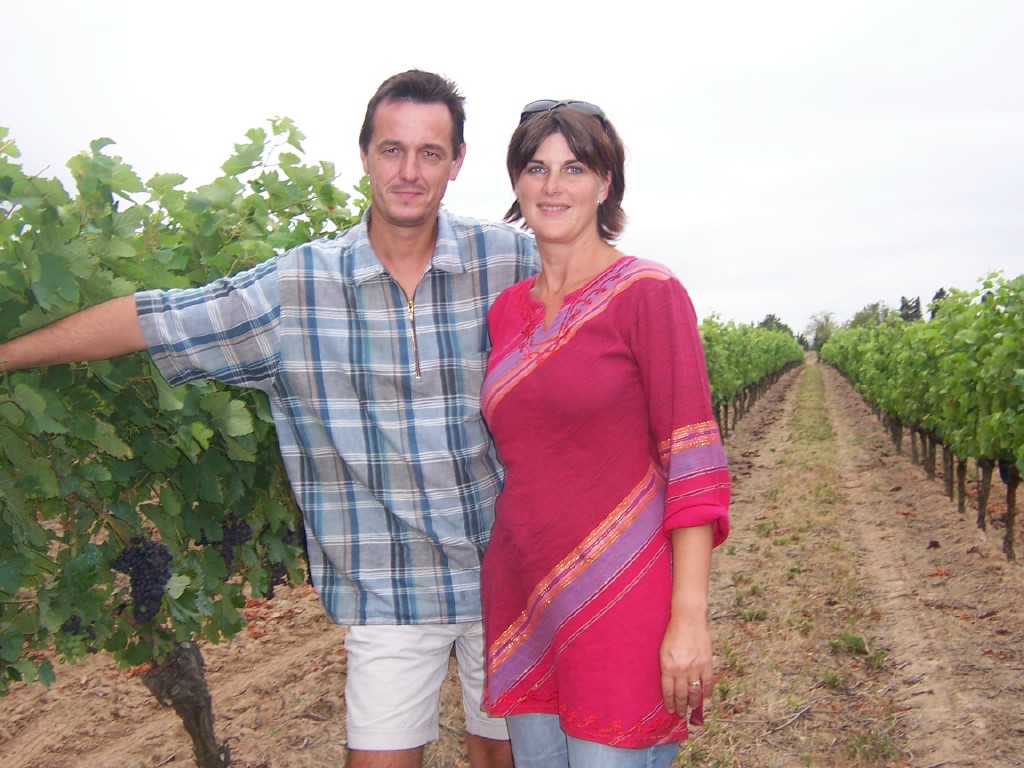
A little history
Roland Coustal is the son of a gendarme and studied wine making in Bordeaux, and on returning home he found both work and a wife. Anne-Marie’s father Georges was a farmer of vines, who harvested his grapes and sold them on to the local co-operative. Anne-Marie has helped in the vineyard since the age of 5 and so she knows her vines very well. Anne-Marie met, fell in love with and married Roland and when Georges died in 2000 they took over the vineyards and decided to make wine themselves. They named their new enterprise Domaine Terres Georges in honour of Anne-Marie’s father.
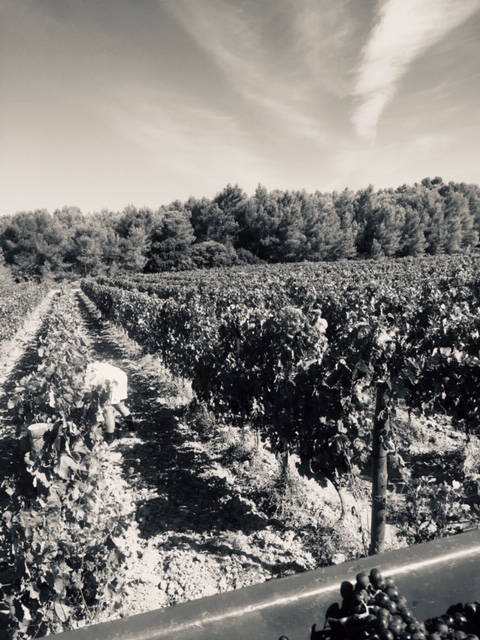
Hard work makes great wine
Great wine is made in the vineyard and the pair make sure that the vines work hard for their flavour so there is no irrigation at all. The vines are pruned regularly and any bunches which are not up to scratch are clipped and left on the soil to act as a sort of vinous fertiliser. Pest control is natural so there are plenty of ladybirds. Harvesting is done by hand and Anne-Marie and Roland also do grape selection by hand to ensure that only the very best fruit is used, this is a minimal intervention view of the vines.
All this requires hard work and effort and so there is only one week of the year that Anne-Marie and Roland are not in their vineyard, which may explain why they are now the only wine producers in Castelnau. If you want to see first-hand the vines and the land then they have a very lovely, and blessedly air-conditioned ‘gite vigneron’ on the property where a glass or two of wine will never be far away.
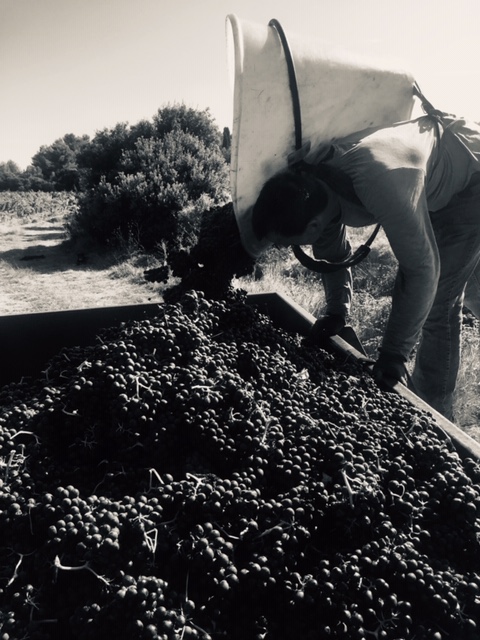
THE WINES
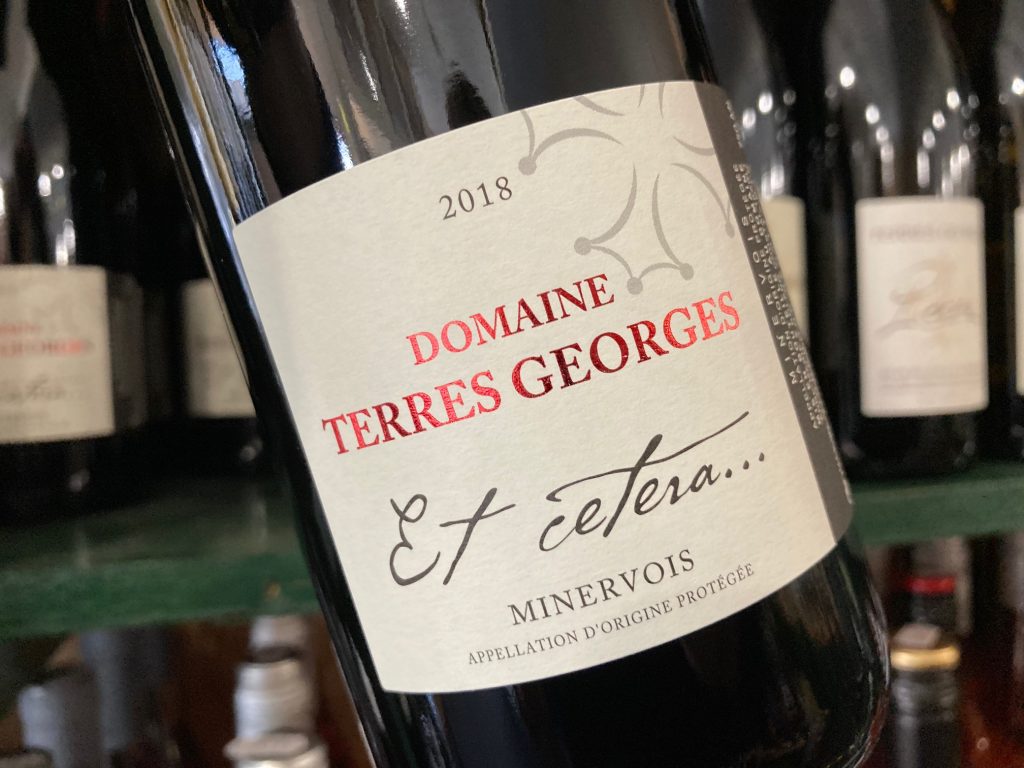
‘et Cetera’ Minervois £13
This wine is the approachable easy-going face of Minervois. Predominantly Carignan with a good chunk of Grenache and just a tiny amount of Syrah which means that the wine is softer and much more easy drinking than you might expect Minervois to be. Rustic charm by the bucket load but it also very obviously a well-made wine. Fine for drinking on its own but I love it with homemade stew and dumplings.
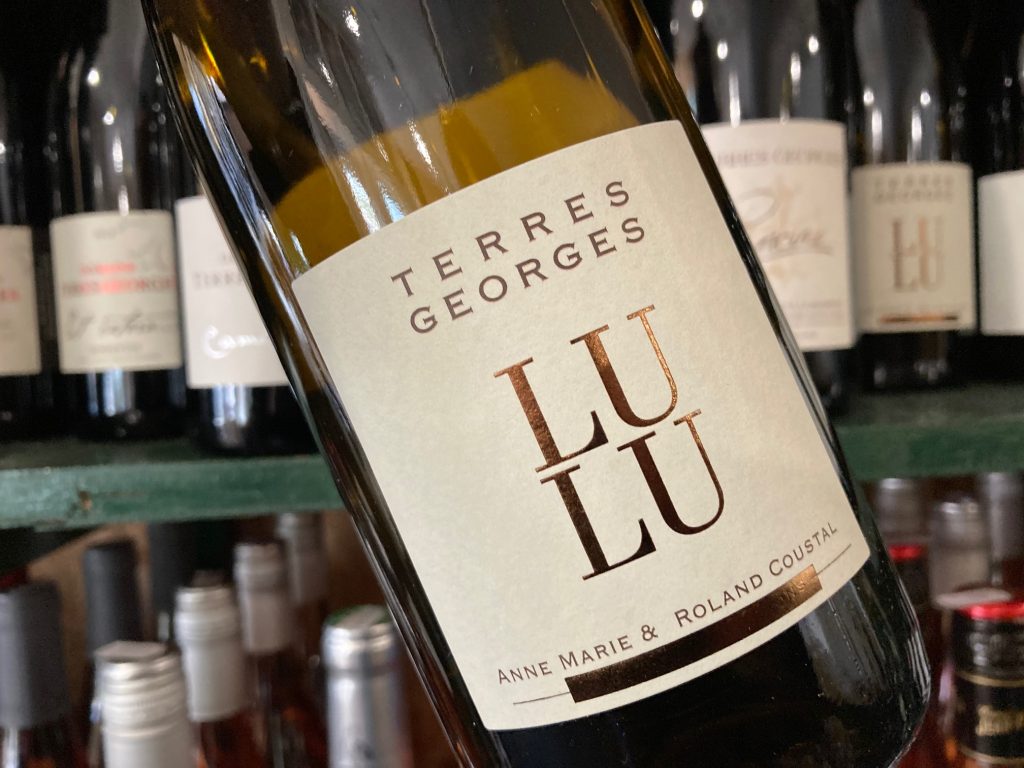
LuLu £16
A white wine! I remember seeing the young Vermentino plantings for this wine a few years back and with every passing vintage those vines are producing more expressive fruit. The wine is a Mediterranean classic with that deliciously fresh Vermentino given a lovely savoury touch from some Roussanne and then a delighfully lifted finish from just a dash of Muscat. A terrific wine and named in honour of Roland’s mother-in-law, so it must be good.

Rose £14
The south of France has become synonymous with the elegant, pale, subtle and really rather delicious style of Rose that we seem to have fallen head over heels for. This is just that sort of wine but with a little added wow factor. Dangerously easy to drink, you have been warned!
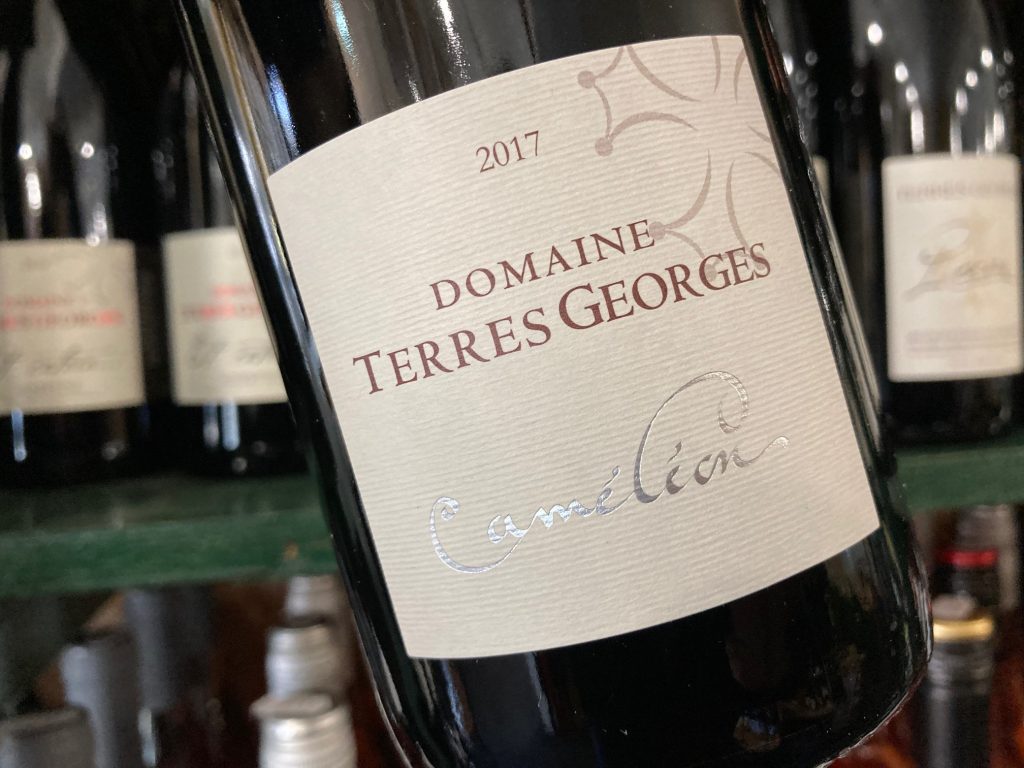
Camelion £16
Named Cameleon because this wine can change it’s blend from vintage to vintage just as long as the finished article is as close to perfection as possible. This wine is so voluptuous, velvety smooth and elegant, this wine doesn’t shout at you, it just whispers nice things in to your ear.
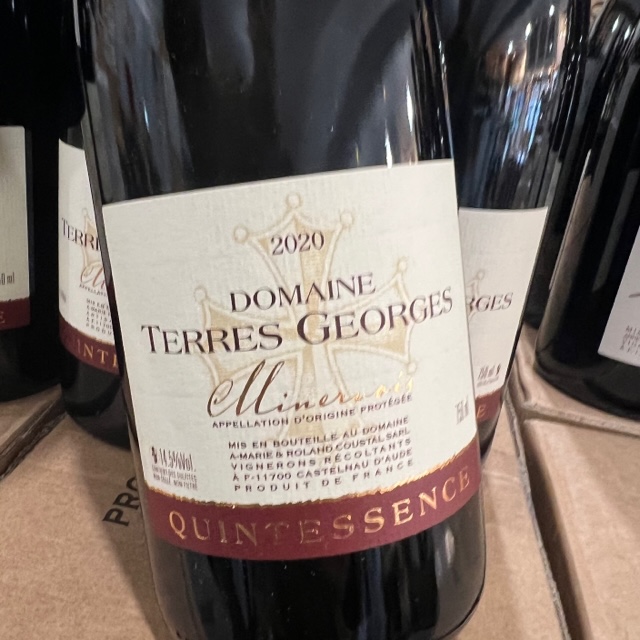
‘Quintessance’ Minervois £20
This is the show wine of the estate and has received rave reviews from Decanter and has a gained star in multiple editions of the French wine bible, Guide Hachette. Predominantly Syrah so the wine is a lot more fulsome and structured with real depth. Again,this is a wine designed to go with food to temper the tannins and soften out the palate. “Rich and supple with ripe, spicy raisined fruit. This packs a punch but has bite and complexity” Four stars Decanter.
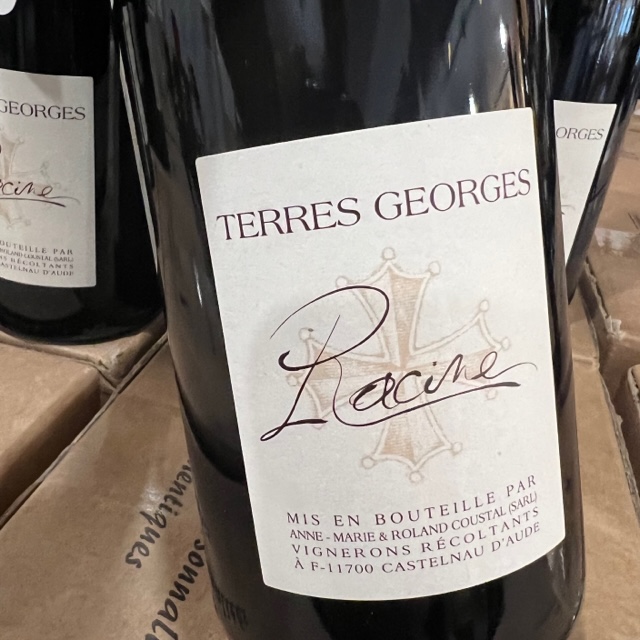
Racine £20
Racine means root and this wine is not only about old vines but the fact that the roots of the vines are also the roots of Anne-Marie and Roland’s winemaking lives. Yes, it has weight and fruit but it also has elegance and freshness. The fruit comes from very low yielding 60 year old vines and Roland keeps things as simple as possible to allow the wine to tell the story of the land. Treat this wine properly and let it breathe in a decanter and it will reward you richly. One of the true stars of the Languedoc.

